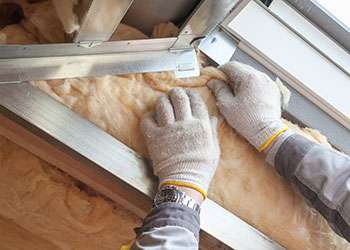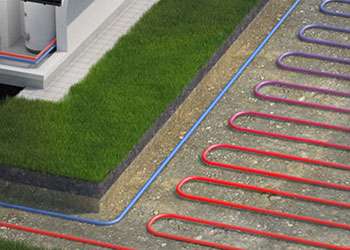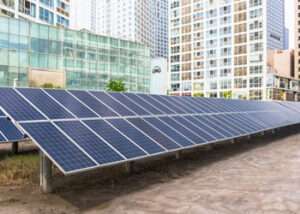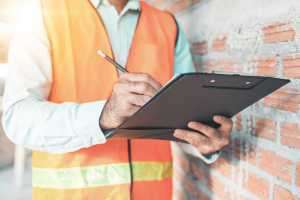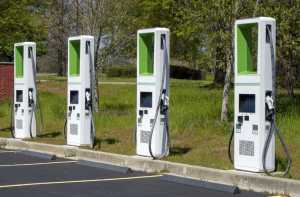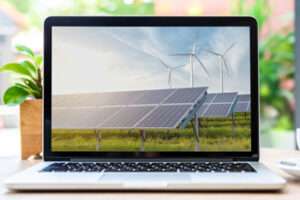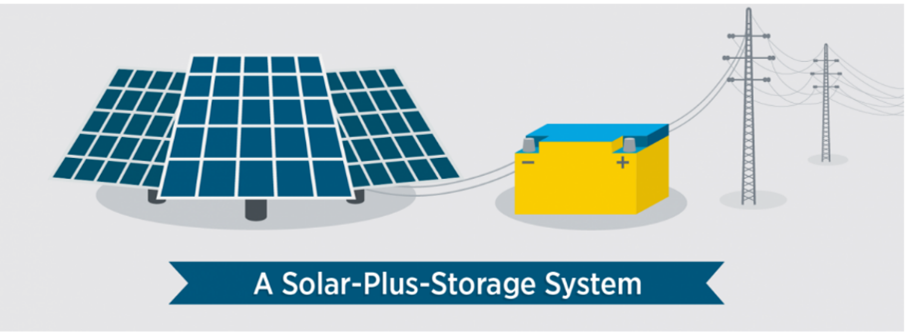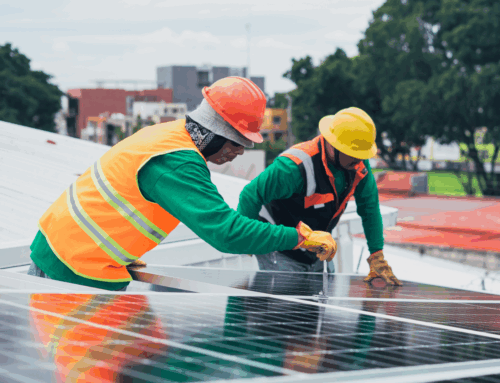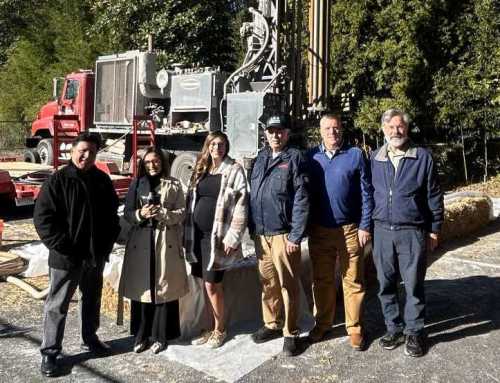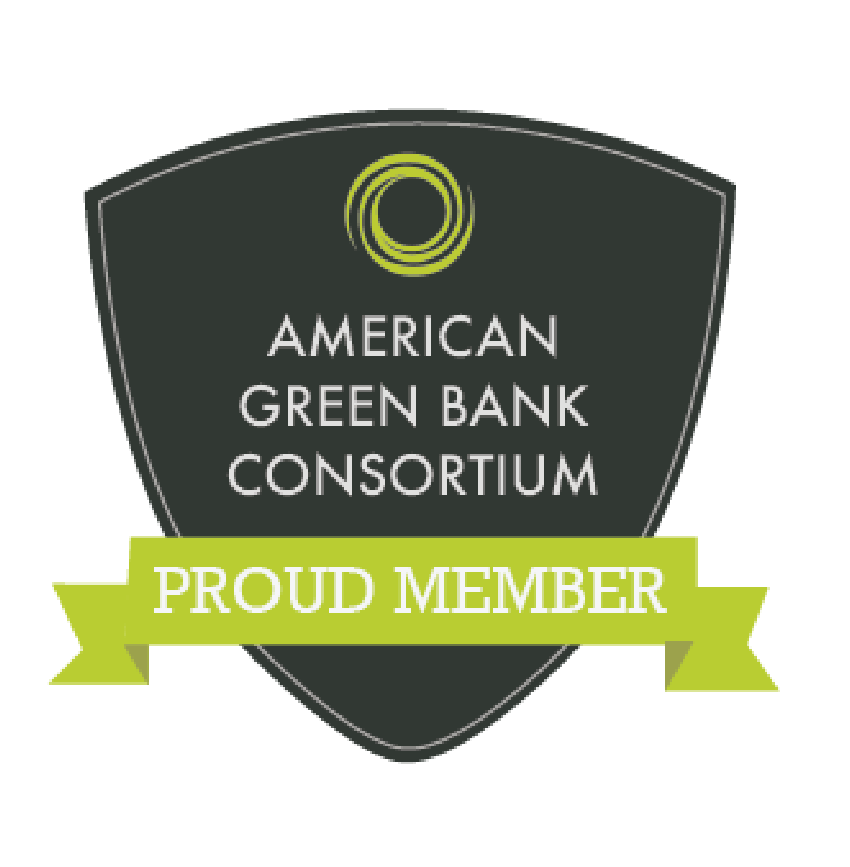Share This Post
How battery backup with Solar Photovoltaics (PV) creates homeowner resiliency
Cindy McCabe – March 2021
If you have ever wondered about getting battery backup for your home, here are some key questions to ask yourself: Do you lose power often? How long can you live without power? Do you wish you could reduce or, if possible, eliminate the amount of electricity that you use from the utility grid?
Electric grid resiliency is an important emergency preparedness concern for many of us in this time of increasing severe weather events.
Storms are taking out power in areas that are not ready to live without dependable grid electricity. Whether you are experiencing power outages now or you may experience them in the future, you should think about battery storage as a resiliency strategy.
Storage batteries get installed between your solar PV, or “solar” system and your home’s electric panel. Your solar system can then send the solar energy that it produces to the battery before sending energy to your home. Using the monitoring software included with your battery storage, you can chose to prioritize first charging your battery before using the solar energy in your home or you can chose to first use your solar energy in your home and then fill the battery with excess energy.
One particular benefit of solar with added battery storage is an energy independence solution that can address your emergency needs. Why? To start, your solar system alone cannot provide power without storage when the grid goes down. This is because, without a place to store excess energy (like a battery), a solar system shuts off automatically when the electric grid goes down. This automatic shutoff is for the safety of those who will need to work on the electric grid to get it up and running again. Electricity from a solar system cannot be running through the grid while emergency grid workers are deployed on repairs or else the workers would risk electrocution.
If the grid is down for days, as we’ve seen happen in Texas, Puerto Rico, and numerous other places, you would need both a way to generate electricity plus a place to store it if you want to have electricity when the power is out for an extended period of time.
This is where solar + storage really makes sense. which allows you to store electricity while the grid is up and running and use that electricity when the grid goes down. With battery storage installed with your solar system, the solar system would recharge your battery each day when the sun rises , Your solar system will continue to work due to the coupling with the battery storage. Once your battery is full, however, the solar PV system will turn off until you use the energy in the battery.
Your solar installer can help you determine what loads you want back up in your home and therefore size the amount storage that would be appropriate for you. You can check out this publication by NREL, the National Renewable Energy Laboratory, on optimal sizing of solar with storage.
Battery storage for residential customers will add costs to your solar project. The price can vary because a customer may chose to have one battery for emergency loads only (like overhead lights, refrigerator, and outlets for electronics charging), which would cost less, or that customer may want several batteries to back up everything in their home including the HVAC system, which would fall on the higher end of the price range.
However, there are ways to support the cost. Your battery storage qualifies for its own federal tax credit if it is both connected to a building that is tied in to the utility grid and it is powered solely by a solar system. Maryland provides an income tax credit for the batteries of 30 percent of total installed costs of the energy storage system up to $5,000 for a residential property, subject to program availability. Speak to your accountant about tax credits and tax liability.
As with any solar project, the Montgomery County Green Bank’s Clean Energy Advantage program can help county residents finance solar and storage projects with simple terms and cover 100% of the costs.
Ask your local solar installer for more information on how solar plus storage can work for your home, what it might cost, and what financing is available for you. Your path to energy independence starts with contacting a solar + storage installer.
Cindy McCabe is the Residential Solar Program Manager for the Montgomery County Green Bank. She has worked in the solar industry for the past six years with responsibilities including project management, solar system design, inspection coordination, site survey coordination, operations management, and sales. Cindy lives in Rockville, MD and considers herself an avid environmentalist.

